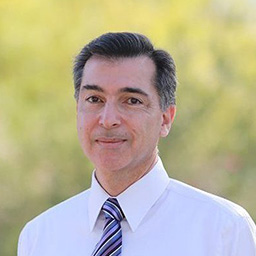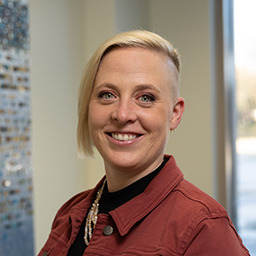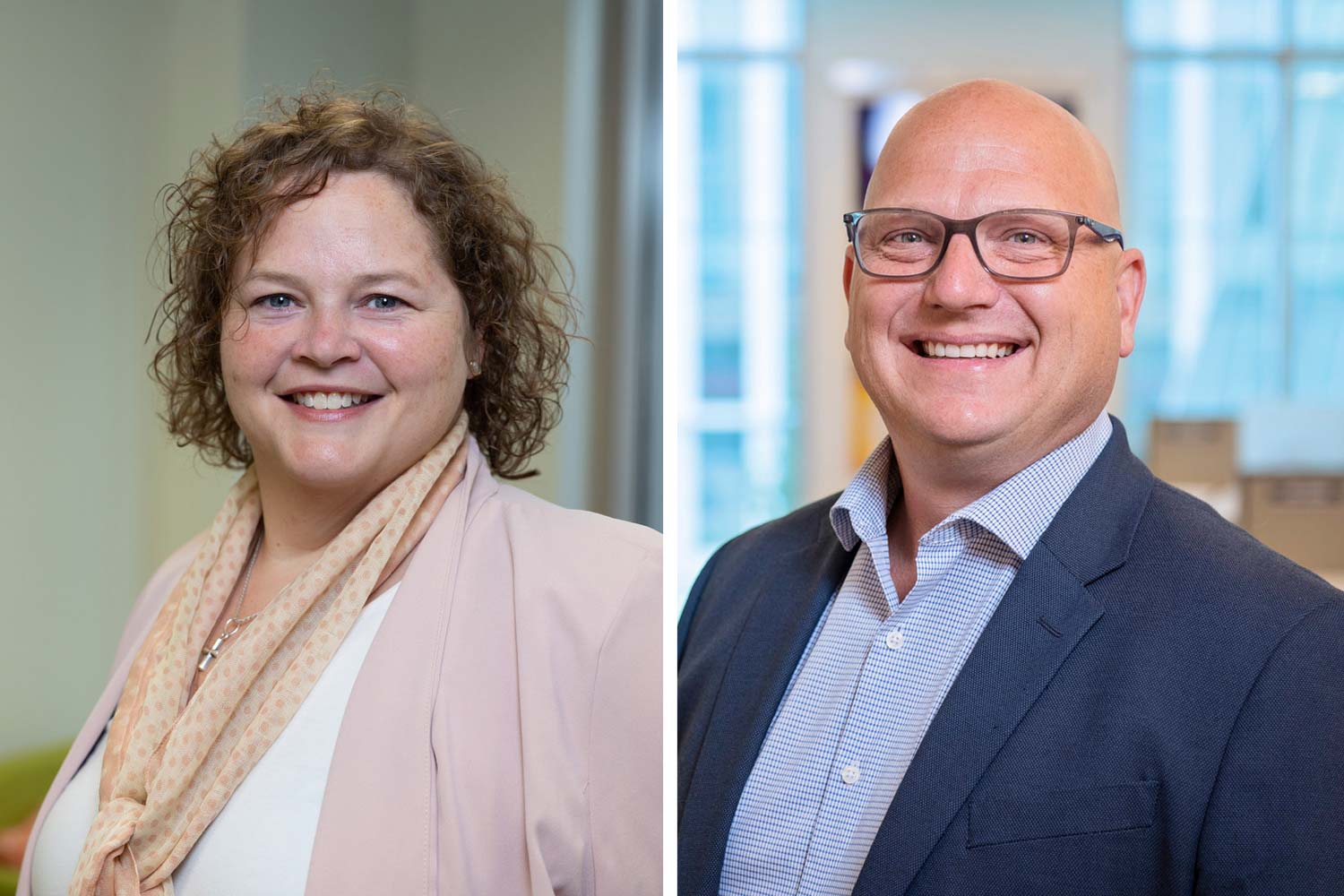This article originally appeared in Stormwater Solutions
Heavy rain moves into the forecast and a familiar dread clenches the chest.
When 3 inches fall, family photos and keepsakes are gathered for safekeeping. At 5 inches, furniture and valuables must be carried upstairs. Six inches prompts the agonizing decision to leave before rising water makes it too dangerous to stay.
The days that follow are a blur of missed work, mud, muck, and bone weariness from stolen sleep and hours of cleanup. And communities are left with damaged streets, highways, bridges, and water facilities.
The expense and misery of chronic flooding is a reality for many who live in small cities and rural towns in southern and eastern Arkansas. People of color make up the majority in these communities, which also struggle with poverty, limited economic opportunities, and gradually declining populations. In the aftermath of a disaster, the communities lack the tax bases and budgetary reserves to invest in infrastructure that could mitigate the worst of future flooding.
An effort is now underway to begin to address this problem on a watershed scale.
The effort involves what is believed to be a first-of-its-kind partnership between the Arkansas Black Mayors Association (ABMA) and the Natural Resources Conservation Service (NRCS), a division of the U.S. Department of Agriculture. The NRCS has committed $95.9 million to the state through the Watershed and Flood Prevention Operations (WFPO) Program.
Under the WFPO program, the NRCS works with local sponsors to identify, design, and implement projects in watersheds of up to 250,000 acres (less than 400 square miles.) Created through the Watershed Protection and Flood Prevention Act of 1954, the WFPO is also referred to as the PL-566 Small Watershed Program.
The program is well suited for agricultural areas and rural communities, the less densely populated places that lack the economic and technical capacity to address flooding issues across multiple watersheds. The types of projects eligible for WFPO funding include flood prevention and damage reduction, development of rural water supplies, erosion and sediment control, fish and wildlife habitat enhancement, wetland restoration, and recreational activities.
Congress chose not to fund the program for several years starting in 2010 before reviving WFPO appropriations near the end of the decade. The Infrastructure Investment and Jobs Act gave the program a major infusion of $500 million for 2022-23, a portion of which provided funding for the Arkansas projects.
Founded in 1972, the ABMA is a nonprofit organization that advocates for the interests of Black mayors and their communities across Arkansas. With the WFPO program as its centerpiece, the partnership between the NRCS and the ABMA represents an innovative approach to assist a larger number of historically underserved communities.
Federal law requires project sponsors to have the power of eminent domain. For that reason, the ABMA will provide project management, but the local governmental entities will also serve as partners.
“Many of our member communities have been dealing with flooding for generations,” ABMA Executive Director Frank Bateman said. “They show us the pictures and tell us the stories of the devastating impacts of flooding on their homes and properties. So, they are enthused and hopeful about getting some help through this program.”
The groundwork that led to the partnership was launched several years ago by Keith Britton, PE, president and founder of ICONIC Consulting Group. Britton had reached out to elected officials in Arkansas to learn more about their infrastructure needs and quickly learned that many serve part-time for little or no pay and manage everything, including public works. As a result, they lacked the time or expertise to pursue outside funding or prepare grant applications.
Britton’s connections led him to the ABMA and together they began exploring how they could help officials address chronic flooding. After learning about an approaching deadline for the WFPO program, the ABMA reached out to its members and assisted responding community leaders with applications. In the spring 2023, NRCS Chief Terry Cosby delivered the funding announcement in Forrest City, Arkansas.
“These investments will help protect communities and their residents here in Arkansas that are impacted by floods, natural disasters, and other watershed scale resource concerns,” he said. These projects “will create a more climate resilient future and will help these communities thrive in the years to come.”
The federal program identifies and develops projects through a series of steps that starts with a preliminary investigation and feasibility report followed by planning, design, and construction.
The NRCS approved funding for 14 of the Arkansas applicants encompassing 19 projects, though the funding level varies by project. Some applicants received funding for the feasibility stage, while others will be able to carry out project construction. In the meantime, the ABMA is working to secure future funding for all the projects.
To focus the work geographically, connected watersheds have been grouped together and assigned to project teams led by multiple consulting engineers. The federal partners wanted to see participation by at least some firms that have not worked on WFPO projects before. ICONIC Consulting Group fell into that category.
“My staff didn’t know what all goes into PL-566 projects, which is why we sought out a strategic partnership with Olsson,” Britton said. “They have recent experience working in the program and they were open to a mentoring relationship with us as well. It’s exciting to collaborate and share experience and expertise among members of the project teams.”
Olsson, an engineering and design firm with offices in Arkansas, will work with ICONIC to serve communities within several eastern Arkansas watersheds that drain into the Mississippi River.
Another key requirement of the program involves gathering input from residents of the affected communities. The process not only allows the project teams to hear from those who have been plagued by flooding, but it also provides an opportunity to educate people about the WFPO program.
Kevin Hunt Sr., the watershed program project manager for the ABMA, said he tries to temper expectations somewhat. Even with nearly $96 million in funding, it’s important to understand that watersheds are large, complex systems and flood control projects can be costly.
He also knows residents say they’ve been promised help before, only to see money re-directed to bigger cities with different priorities. By addressing problems across hydrologically connected watershed in predominantly rural areas, the ABMA-NRCS partnership aims to make formerly overlooked communities the priority.
“We are going to maximize the funds and serve as many communities as we can in the best manner possible under the program requirements,” Hunt said.
Some solutions could involve improved maintenance of neglected flood-control infrastructure. Others will be more complex and require greater collaboration. Regardless of where a project falls on that spectrum, the goal is reduced flood damage and disruption.
Perhaps some benefits will be harder to quantify, but still important. Like fewer hours of missed work and school. Spending more time with family instead of cleaning up mud and muck. And falling asleep to the sound of rainfall at night, instead of lying awake with worry.















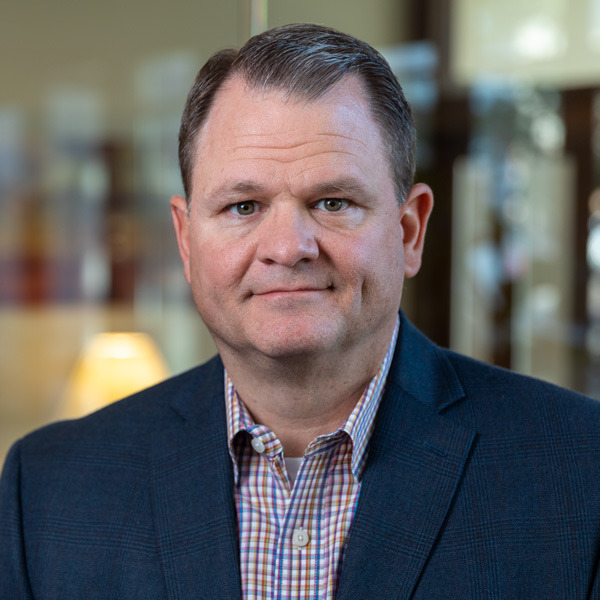


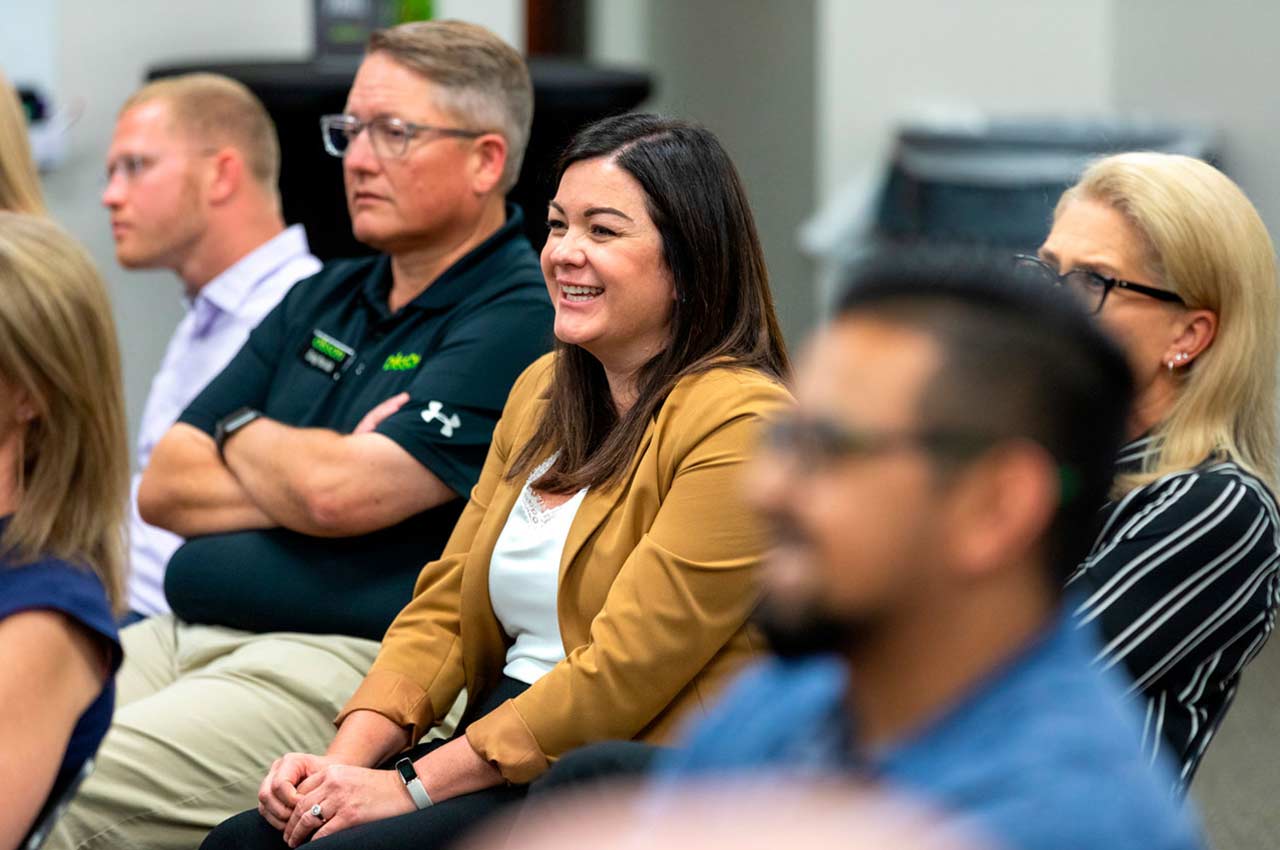

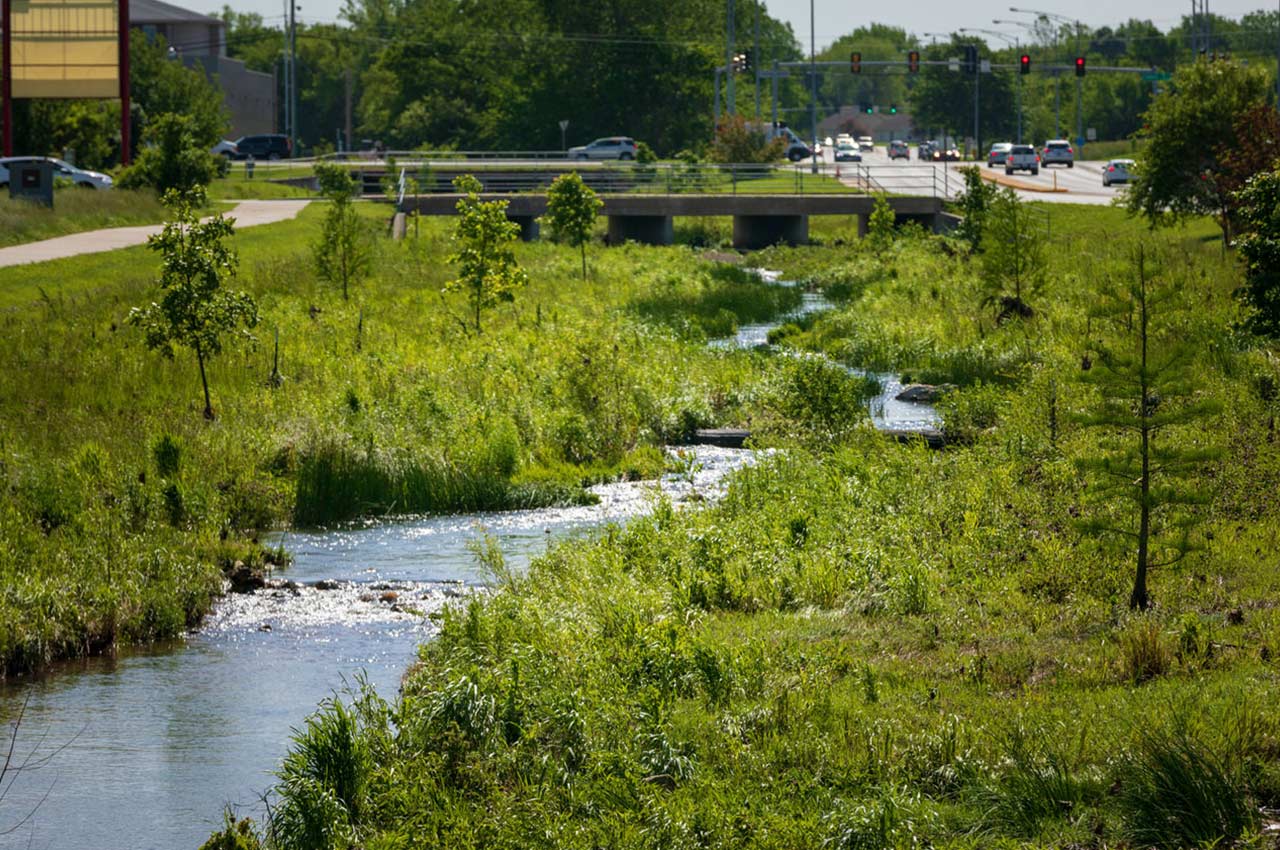





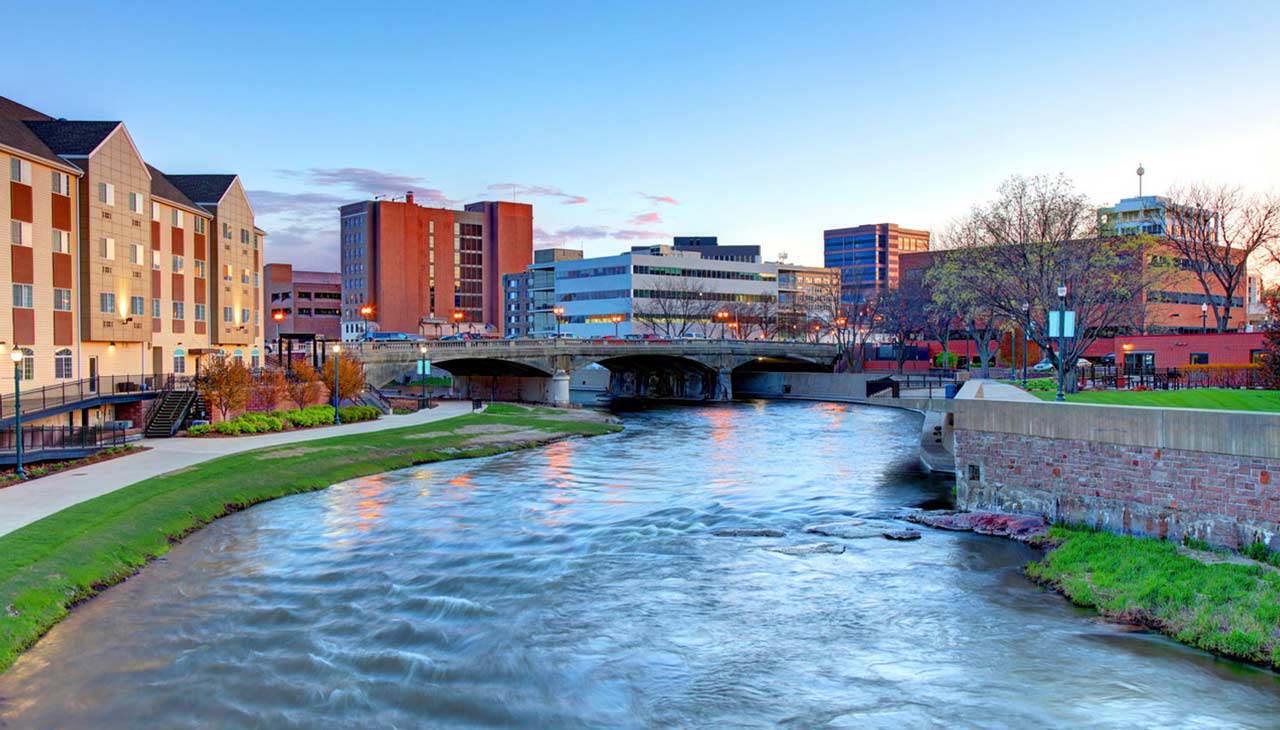
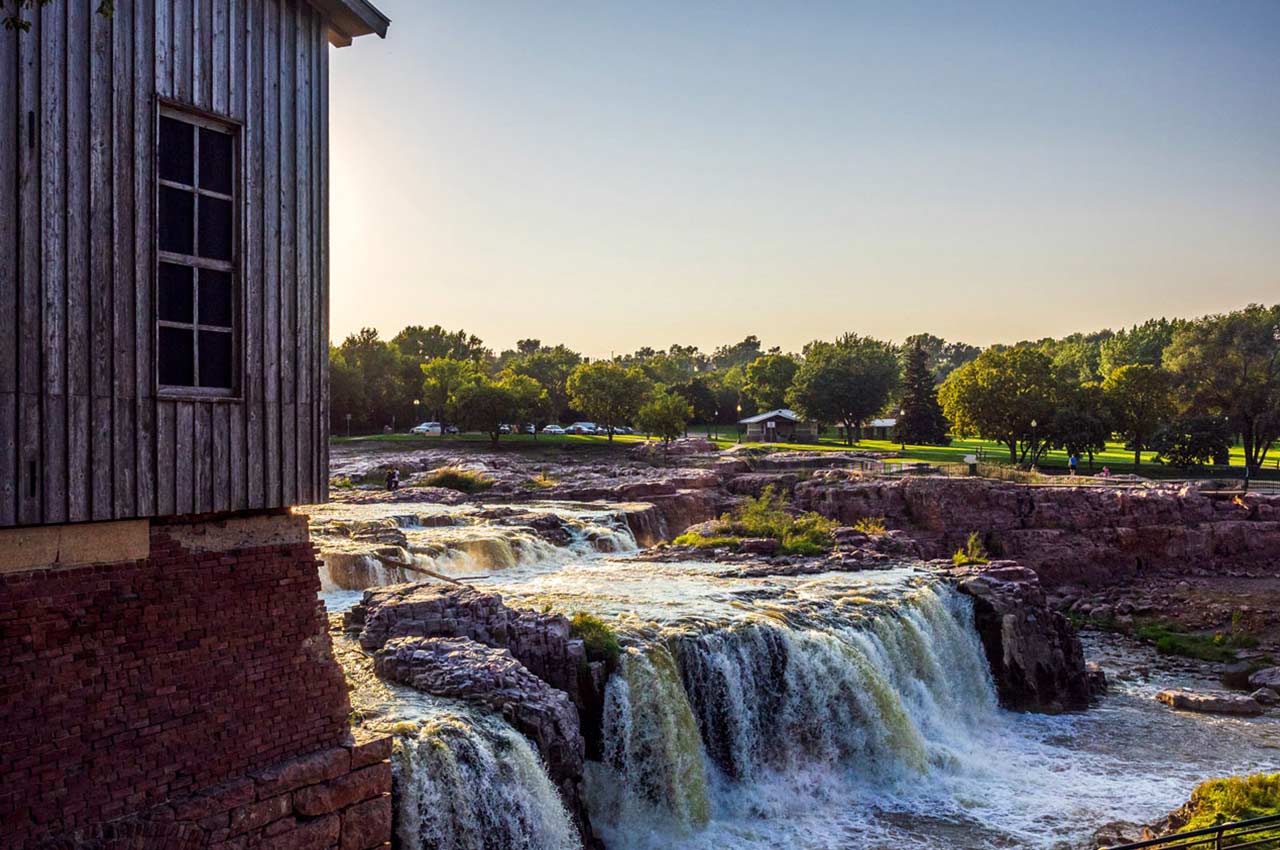







.jpg)










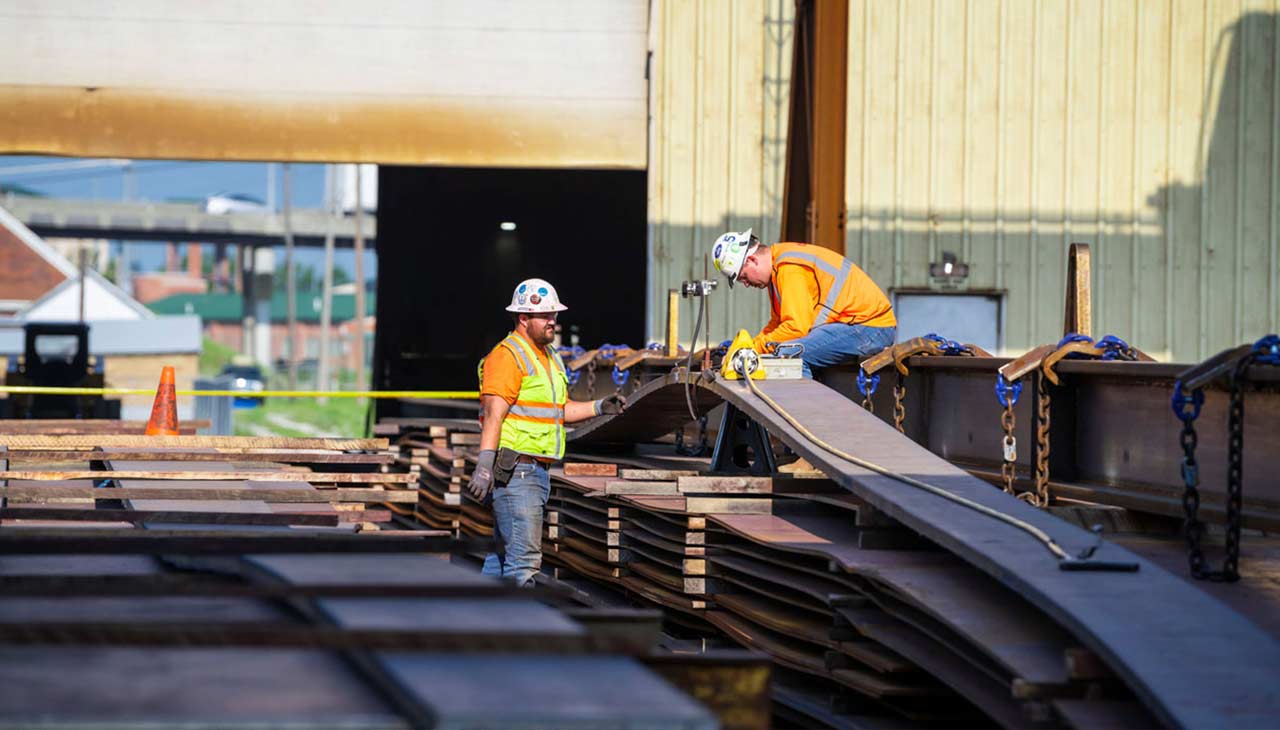




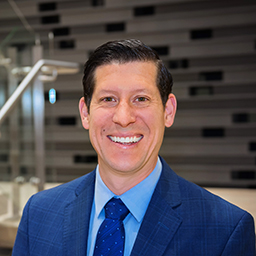





.jpg)













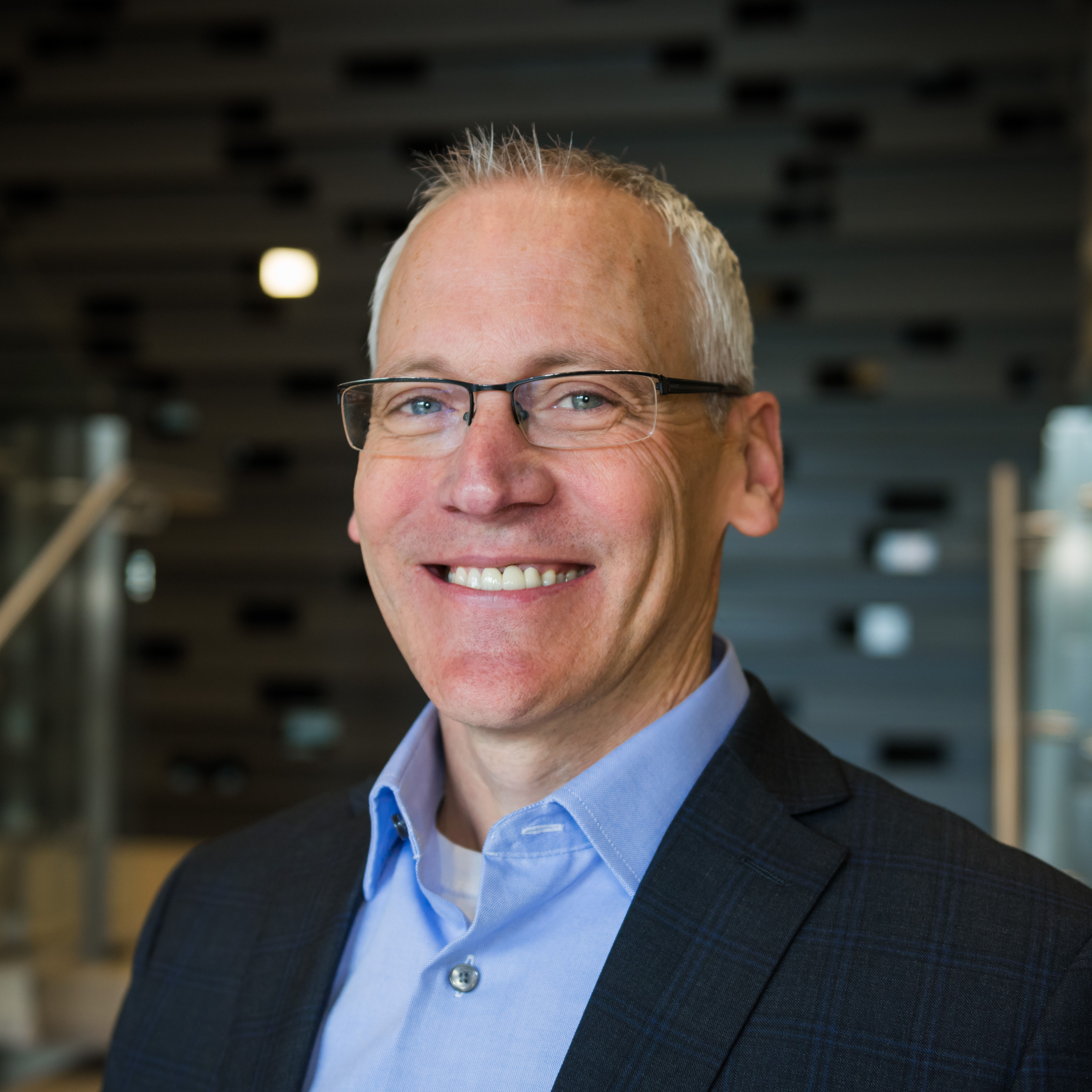

.jpg)















